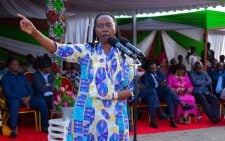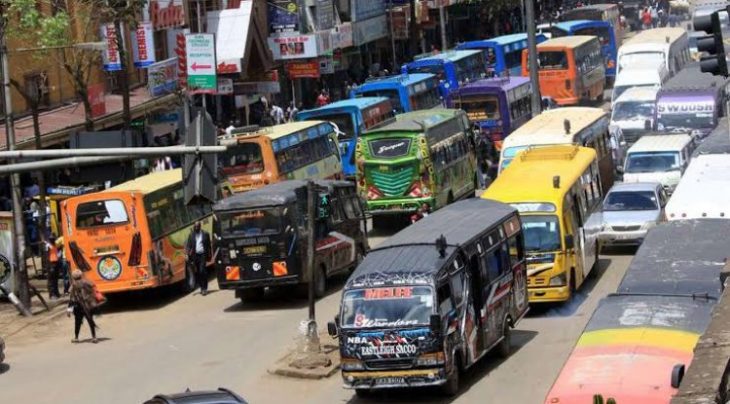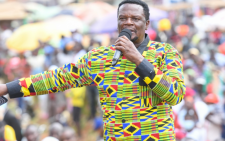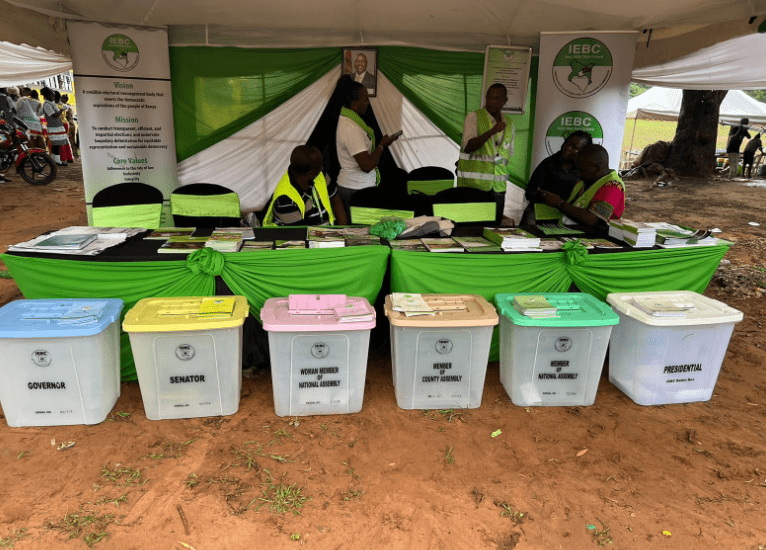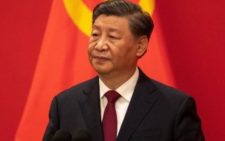Kenya’s future hinges on exploiting these four assets
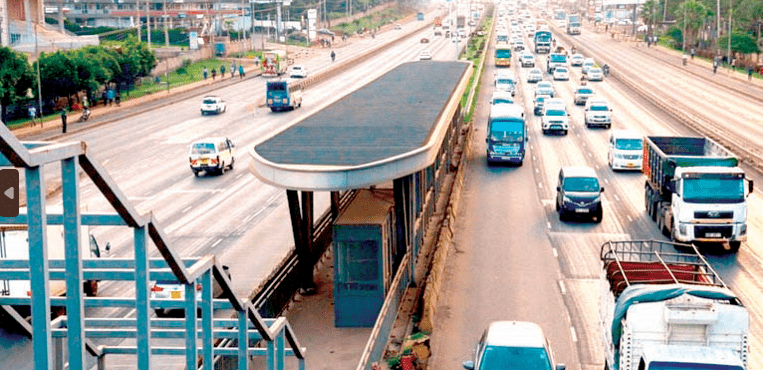
For over a century, Kenya has existed under a dual political and economic system best described as an imperfect umbrella. This metaphorical shelter protects only a tiny minority, leaving the vast majority exposed to political and economic injustices. The ongoing struggle has been to expand this protection to include all Kenyans.
The roots of this systemic inequality trace back to Kenya’s colonial past. Despite gaining independence, the country has struggled to break free from the structural problems inherited from 70 years of colonial misrule. A small clique of political elites continues to serve the interests of former colonial masters and international conglomerates, perpetuating an exploitative economic model.
The consequences have been profound. With an economy characterised by low productivity, most Kenyans remain trapped in poverty, existing on the margins of society. This deep-seated inequality reached a breaking point during the violent post-election crisis of 2007/2008, which exposed the simmering tensions between different social classes.
Kenya now requires a comprehensive political and economic reorganisation. This is the “Flying Geese” model for Kenya. The Flying Geese model, expounded by Japanese economist Kaname Akamatsu (1897-1974) of Hitotsubashi University in the 1930s, explained the catching-up process of industrialisation in latecomer economies, which mainly consisted of a basic pattern, that is, a single industry that grows tracing out the three successive curves of import, production, and export; and a variant pattern in which industries are diversified and upgraded from consumer goods to capital goods and/or from simple to more sophisticated products.
The transformation of Kenya would be anchored in three key principles: breaking historical constraints by ending the 100-year cycle of economic and political domination that has kept Kenya in perpetual debt; focusing on people-centred development by unleashing the collective potential of Kenyans through human resources, ingenuity, and technological innovations; and recognising that political freedoms are meaningless without economic empowerment.
This moment represents Kenya’s “third liberation” – a radical reset aimed at creating a sustainable, resilient, and equitable nation. The vision extends beyond mere economic growth to achieving economic dignity for every citizen. It requires building a capable State with strong, predictable institutions that can support and protect individual and collective economic freedoms.
Kenya’s strategic geographical location and existing strengths position it uniquely for this transformation. The country boasts top-tier infrastructure, a skilled workforce, competitive advantages, and energy security. What’s needed is a systematic approach to leveraging these assets.
The proposed shift seeks to diversify the economy, strengthen legal and political institutions, create a macro-economic framework that supports inclusive growth, prioritise social inclusion, and develop a pro-people governance model.
This is not just an economic strategy but a comprehensive reimagining of the relationship between citizens and the State. By drawing from collective historical experiences, cultural heritage, and forward-looking governance structures, Kenya will chart a new course.
The ultimate goal is to transform from a survival-mode economy to one of infinite possibilities, where every Kenyan can access opportunities for personal and collective advancement. It’s a vision of economic transformation that goes beyond growth metrics to focus on human dignity, empowerment, and shared prosperity. Kenya is ready to redefine its economic and political landscape for the 21st century.
The writer is Transitional Justice and Human Security Fellow at Africa Council on Human Security.



